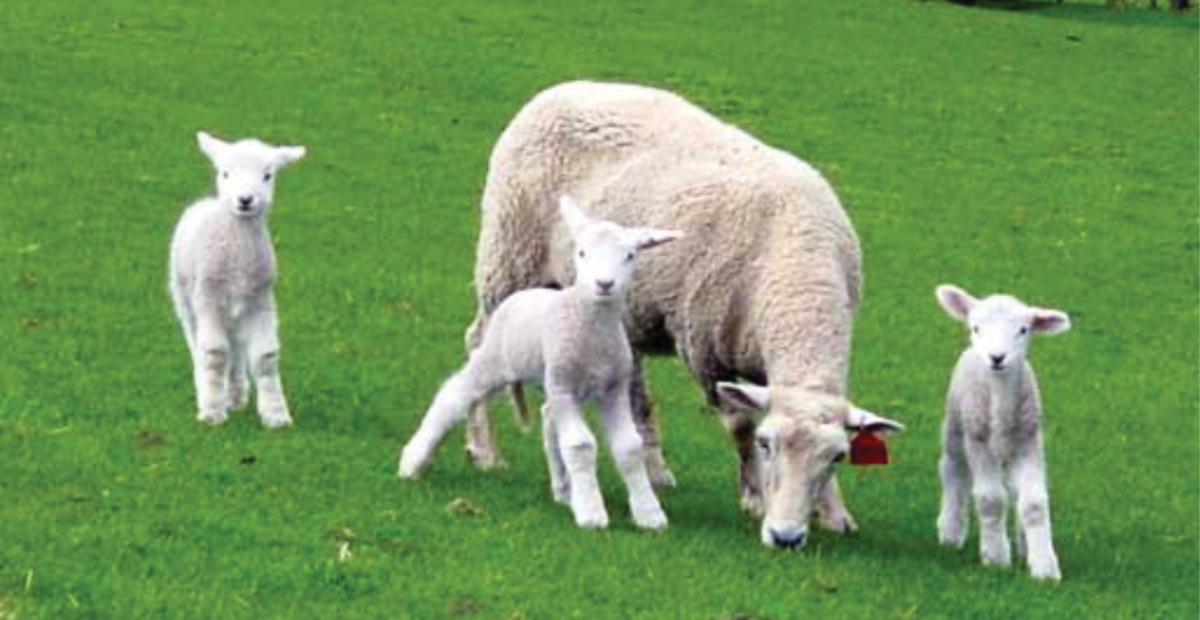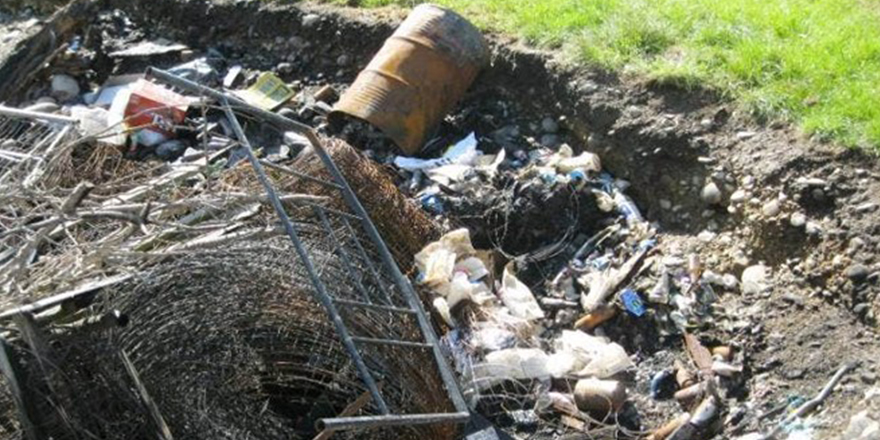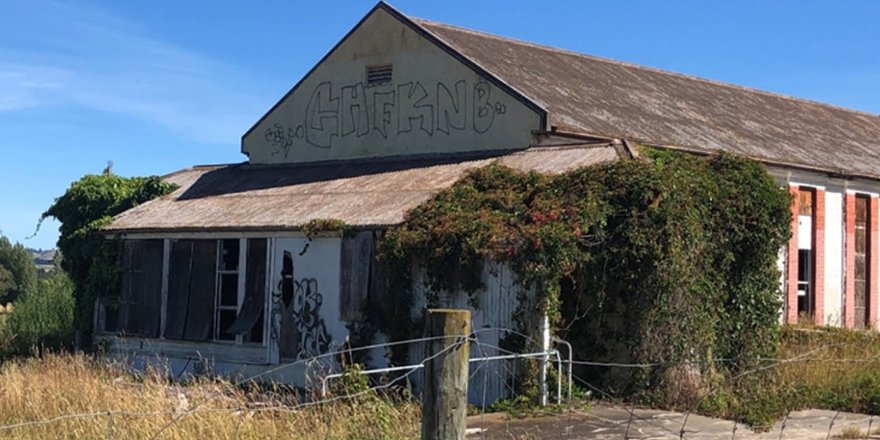
Executive summary
The New Zealand sheep industry has become increasingly productive in recent decades. This has been achieved primarily through the fecundity and improved feeding of modern sheep breeds. While impressive, this world-leading production has created unintended consequences in the form of excess mortality rates. This is most notable in triplet-bearing ewes, mated hoggets, their offspring, and all lambs in adverse weather conditions.
New Zealand farm systems have a reputation for being free-range and pasture-based. Currently, consumers are unaware of, or accept a certain level of death as a natural outcome of this free-range system. However, the industry must consider whether the increasingly conscientious customers and consumers will accept high mortality levels in sheep flocks, particularly if they understand the inflated death rates following storm events and the regular wastage in higher-risk animals.
This project explores how New Zealand sheep farmers can improve livestock survival during the lambing season. Information was gathered through literature reviews, 10 expert interviews, 10 farmer surveys and three case studies. Key findings were:
- Death rates in triplet-bearing ewes and their lambs are significantly higher than in other stock classes and the majority of these deaths occur during the lambing period
- Industry experts and farmers unanimously agreed that lamb mortality is a problem and needs to be addressed, but few have management solutions for triplets, and a portion of farmers actively ignore the issue
- There is a minority of top-performing farmers with management plans in place who achieve far below industry-average death rates
- For improved welfare, mated hoggets require intensive management through the lambing period
- There is a lack of collaboration between government and industry in funding applied science and performance-based studies to innovate further solutions
- Farmers believe Beef + Lamb NZ should increase investment in research and development and extension work
- While there are no market signals that current wastage is an issue, there was unanimous agreement that it could be a trade barrier. Comparisons should be made to bobby calves and future legislation being superseded by industry requirements
- To drive behaviour change and improved outcomes, a culture shift amongst farmers is required where animal welfare is viewed as paramount through the lambing season and high wastage rates are frowned upon and considered unacceptable by peers.
These key findings were evaluated and recommendations were made to the industry. These are summarised below:
1. Conduct market research to assess perceptions of wastage in NZ lambing systems and the risk this could pose in accessing premium markets.
2. Investigate and understand the extent of wastage in New Zealand lambing systems and subsequently innovate solutions to reduce mortality. The sector should increase investment in research and development and explore opportunities for collaboration between MPI and the science community.
3. Identify innovators who are achieving industry-leading survival rates, and analyse their systems to gauge financial implications and the potential for broader uptake.
4. Improve extension services with an increased focus on wastage. Teach best practice management and distribute new innovations. The rapid development of extension modules and ready-to-present workshops specifically focusing on improving survival are required.
5. Empower industry experts and incentivise further interaction with farmers to promote discussion and make this issue front of mind for farmers.
12.0 Recommendations for Industry, Pg 48 explores these recommendations in more detail.
Download and read the full report here:




